 White vinegar is the unsung hero sitting in the kitchen cupboard of so many homes. It is biodegradable, inexpensive and useful in so many cleaning applications – even for use as a mild disinfectant. It is definitely a staple ingredient in many of my natural DIY recipes!
White vinegar is the unsung hero sitting in the kitchen cupboard of so many homes. It is biodegradable, inexpensive and useful in so many cleaning applications – even for use as a mild disinfectant. It is definitely a staple ingredient in many of my natural DIY recipes!
The process of vinegar production involves the fermentation of pure ethanol, commonly from grain or sugar, into pure acetic acid. It is then diluted with water, usually at a ratio of 5-10% acetic acid. There have been some heavy debates online where vinegar is concerned, surrounding its production, with many people boycotting ‘home-brand’ vinegar because of the misguided belief that it comes from synthetic acetic acid.
From my research (and this insightful article from Tracey, founder of Biome was very helpful), I am of the understanding that if a bottle is labelled ‘vinegar’, it has been fermented from ethanol; if petrochemicals were used to create the acetic acid, then the label would say ‘imitation vinegar’. Imitation vinegar isn’t usually sold as a stand-alone product, rather used as an additive to preserve food, and will usually be listed as E260 on the label.
Some people don’t like the smell of vinegar, so much so that they’re turned off using it to clean. I personally don’t understand this, I mean, doesn’t everyone put vinegar on their hot chips? 😉 Seriously though, if you’re one of these people that doesn’t like the smell of vinegar, rest assured that when it dries after use in cleaning around the house, the smell dissipates very quickly. In saying that, essential oils are a wonderful addition to cleaning recipes, with their gorgeous scents – not to mention health benefits. This Citrus Cleaning Spray using citrus peels and vinegar is my go-to surface spray and has a much milder vinegar aroma. Watch the video on how to make it here.
Vinegar is hypoallergenic and has mild antibacterial and antifungal properties. I also find it is wonderful at softening clothes – goodbye gloopy fabric softener and goodbye slimy washing machine walls and pipes! You could either add white vinegar straight to your fabric softener compartment or check out my hugely popular recipe for Fabric Softener.
I also use vinegar instead of rinse aid in my dishwasher. It is as simple as putting some in a ramekin on the top shelf of the dishwasher, or in the designated compartment. This is a beautiful way to reduce toxin exposure and save money. And, because I know you’re thinking it, I recently had a serviceman come out to replace our fridge door. He asked what I did for a quid, found out about my book and proceeded to tell me that the only products people should be using in their dishwashers and washing machines are good old bicarb, citric acid, washing soda, vinegar etc. He said the whole notion of these ingredients ruining your appliance is a marketing ploy to have you spending dollars on collaborating brands. Despite all of this, I still urge you to do more research for yourself if you’re not convinced.
So Many Uses For White Vinegar
Wonderful, convenient, eco-friendly and money-saving uses for white vinegar:
〉Descaling your kettle is as easy as adding a cup of water and a tablespoon of vinegar to your kettle, boiling it, and then rinsing well. This will eradicate all hard water build up in a jiffy!
〉Vinegar can also be used as a light disinfectant on chopping boards. I spray some on after scrubbing the board with salt and the fleshy side of a half a lemon.
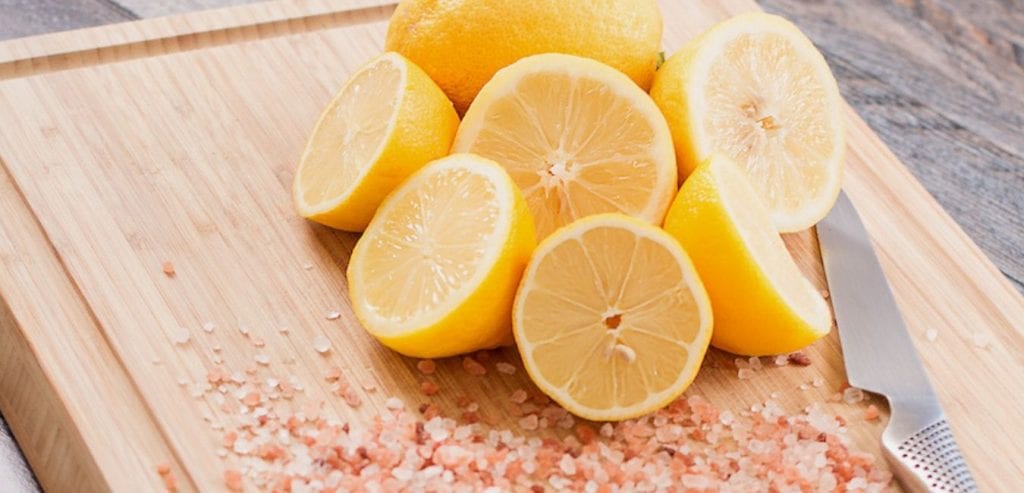
〉If you notice a ring of grime around your tub after a bath, simply spray some vinegar, let it sit for a bit then wash off with water. If your tub needs a little extra, you might like to try my Cleaning Paste.
〉Vinegar is handy to use when polishing cutlery too.
〉Window spray: mix equal parts water and vinegar into a spray bottle – I like to add essential oils like orange and lemon. For best results, use with a microfibre cloth.
〉Next time you need to mop the floors, add a few cups of vinegar to a bucket of water – simple. Note: the vinegar is quite diluted, so you shouldn’t have any trouble with wood or laminate floors, however, it is always best to do your research if you’re doubtful.
〉Clothing deodoriser: if you need to remove smells from clothing, you can try soaking them in warm water with a cup each of vinegar and bicarb, then washing as usual (with my washing powder and fabric softener). Be sure to air-dry and note that some clothes might need repeat washes.
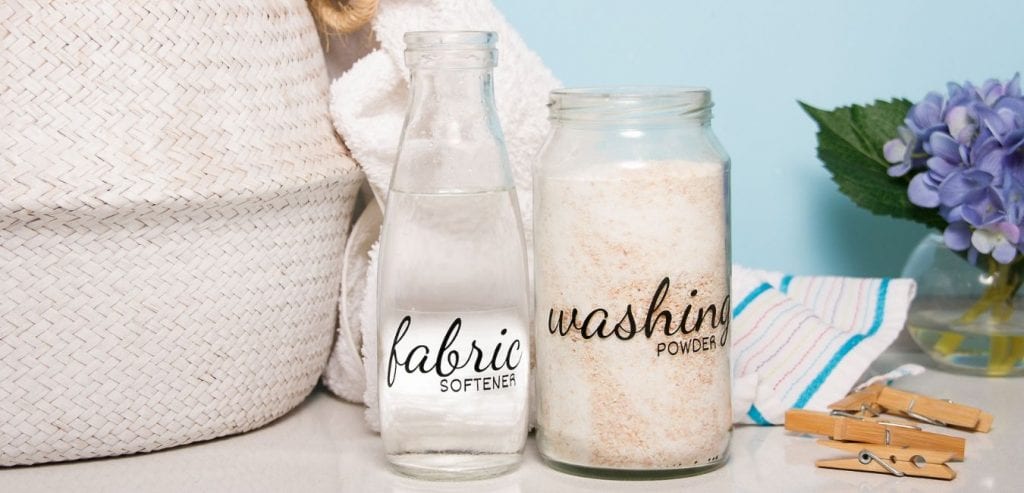
〉To remove urine odour (thankfully my toilet training days are over!), simply blot first to absorb excess liquid, then, lightly spray the affected area with a solution of equal parts cold water and vinegar, and blot again. Repeat this process 2-3 times. If you notice an odour once the carpet is dry, sprinkle some bicarb on the area (with a few drops of eucalyptus, lemon or tea tree oil if you have them), give it time to fully dry and then vacuum up.
How much do you love vinegar now?
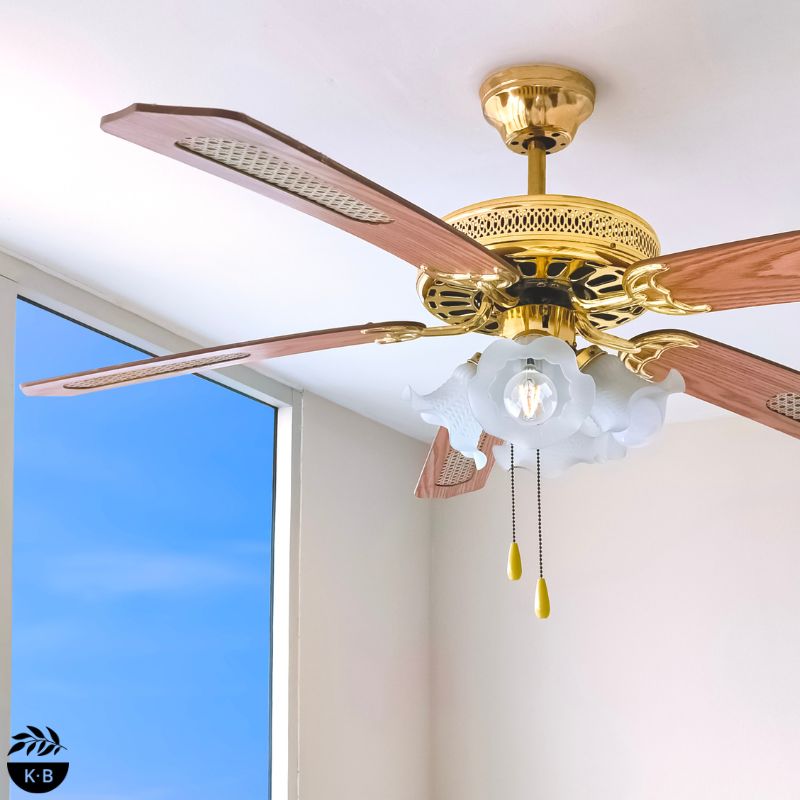
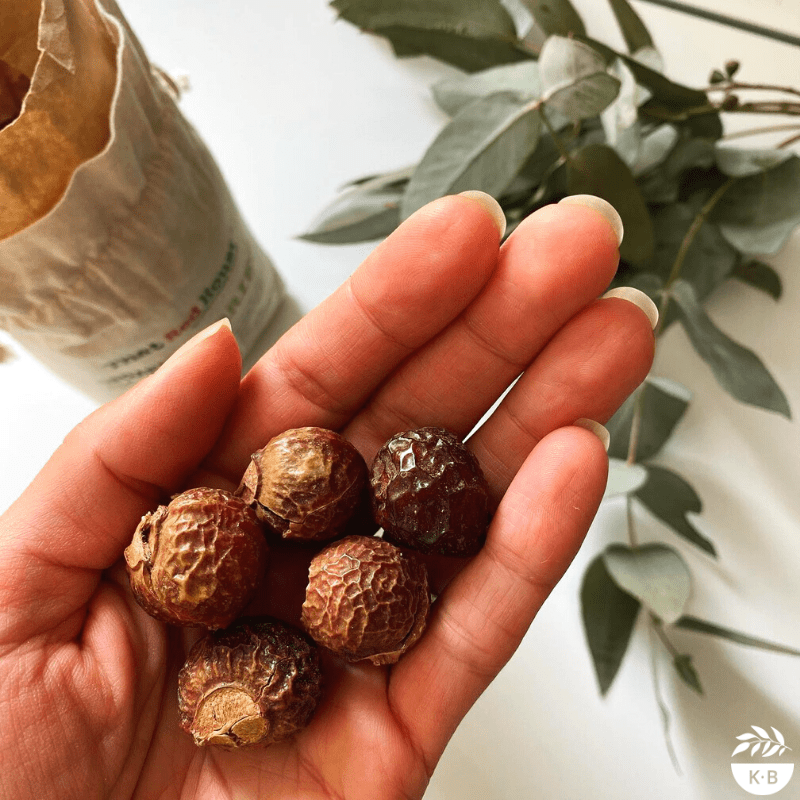
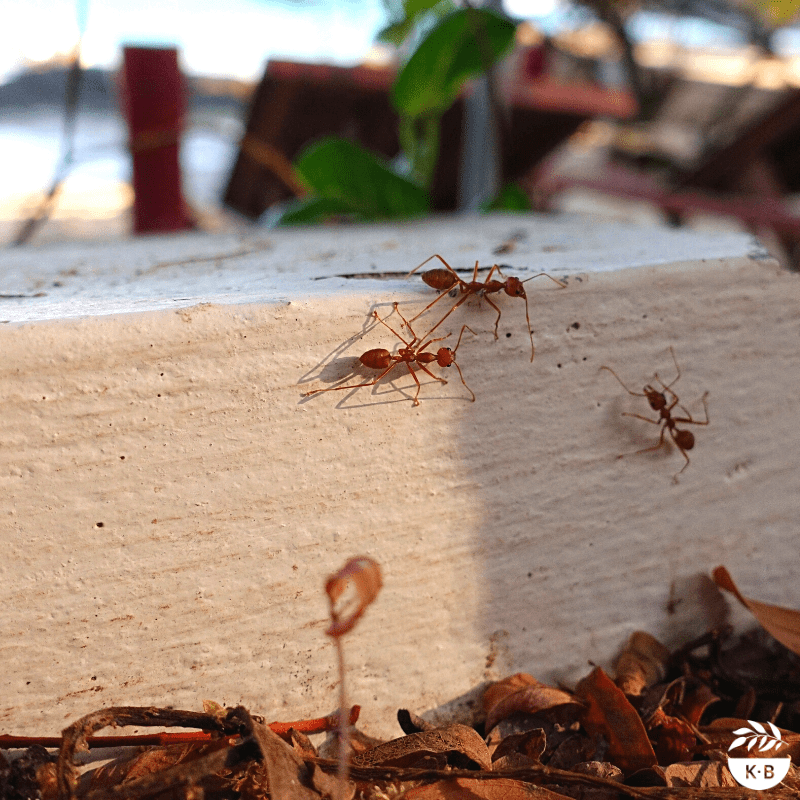

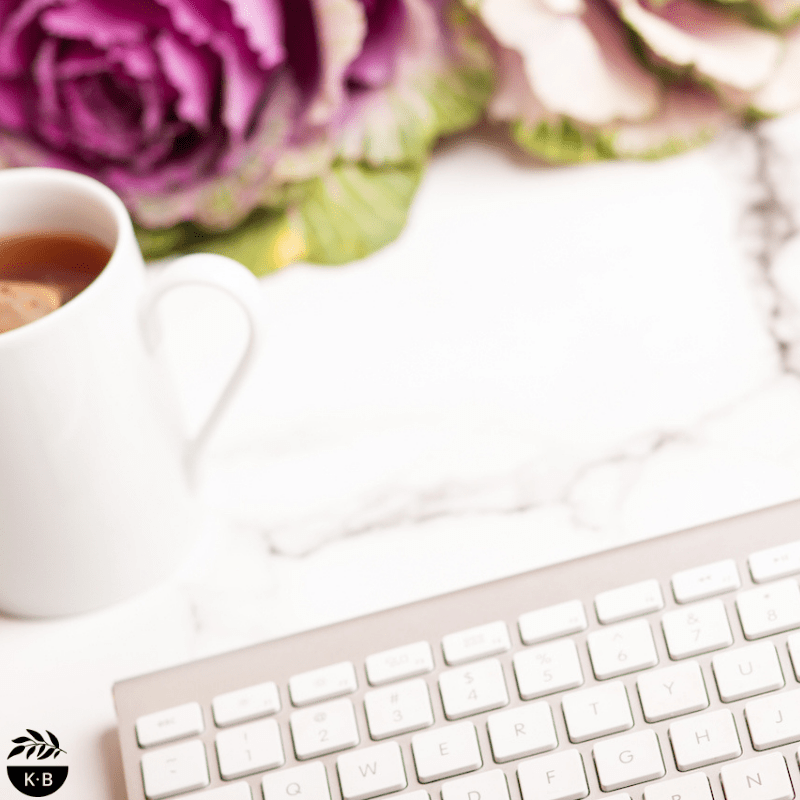

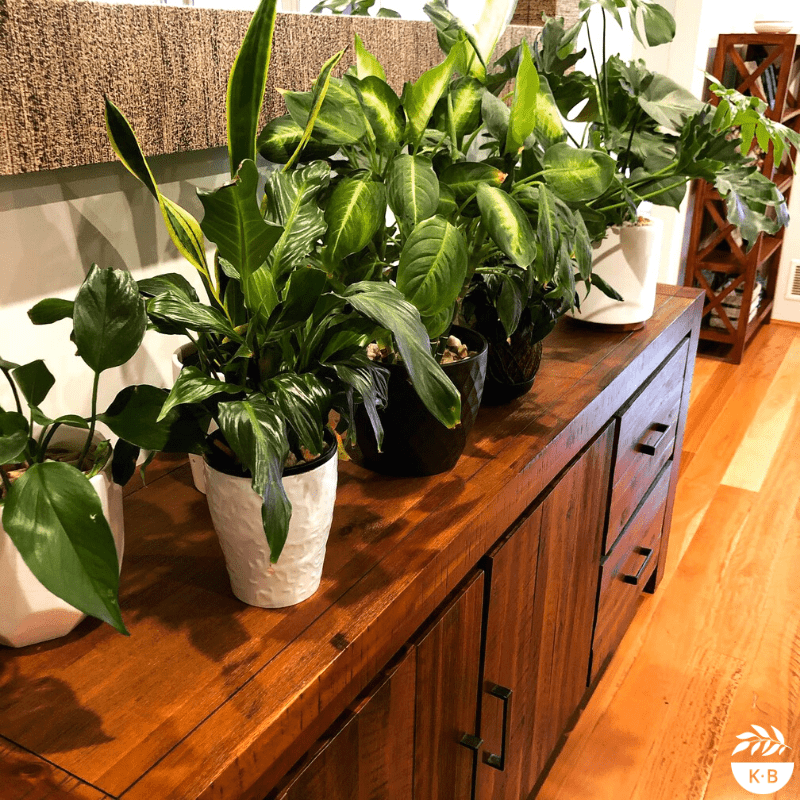
1 Comment
Yes, There are many reasons for that we love Vinegar. Important reason is that we can use vinegar for home cleaning. Blog post are really informative and helpful.